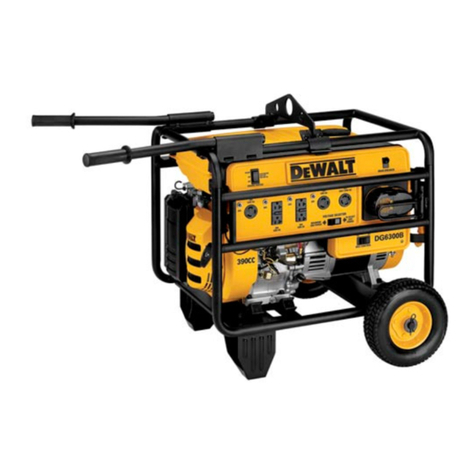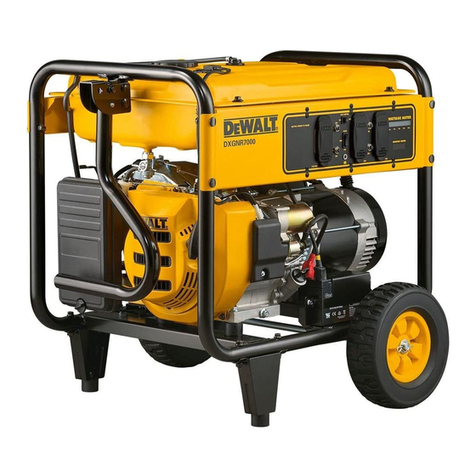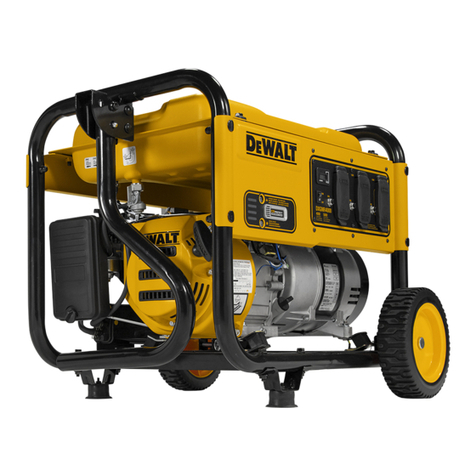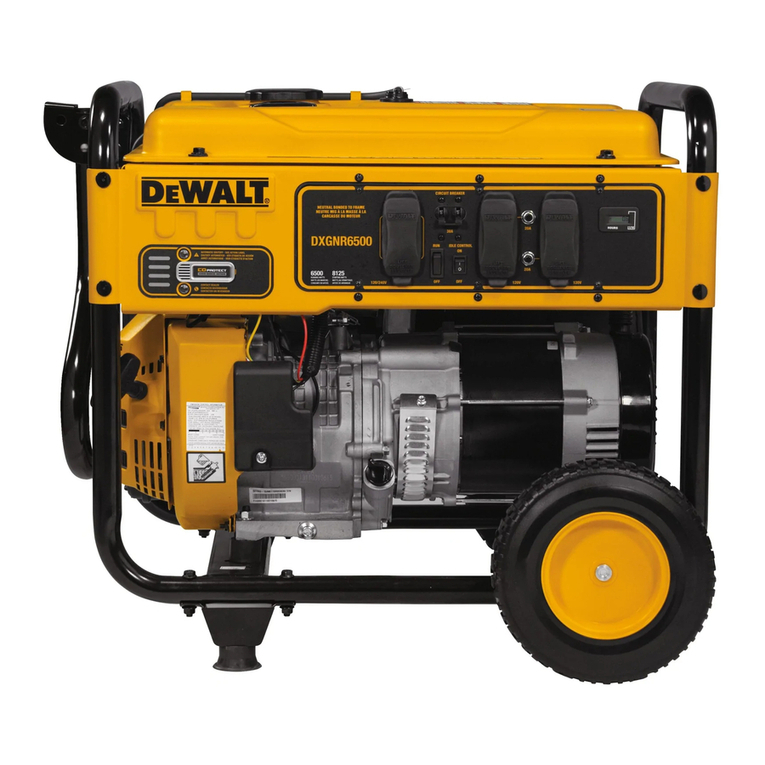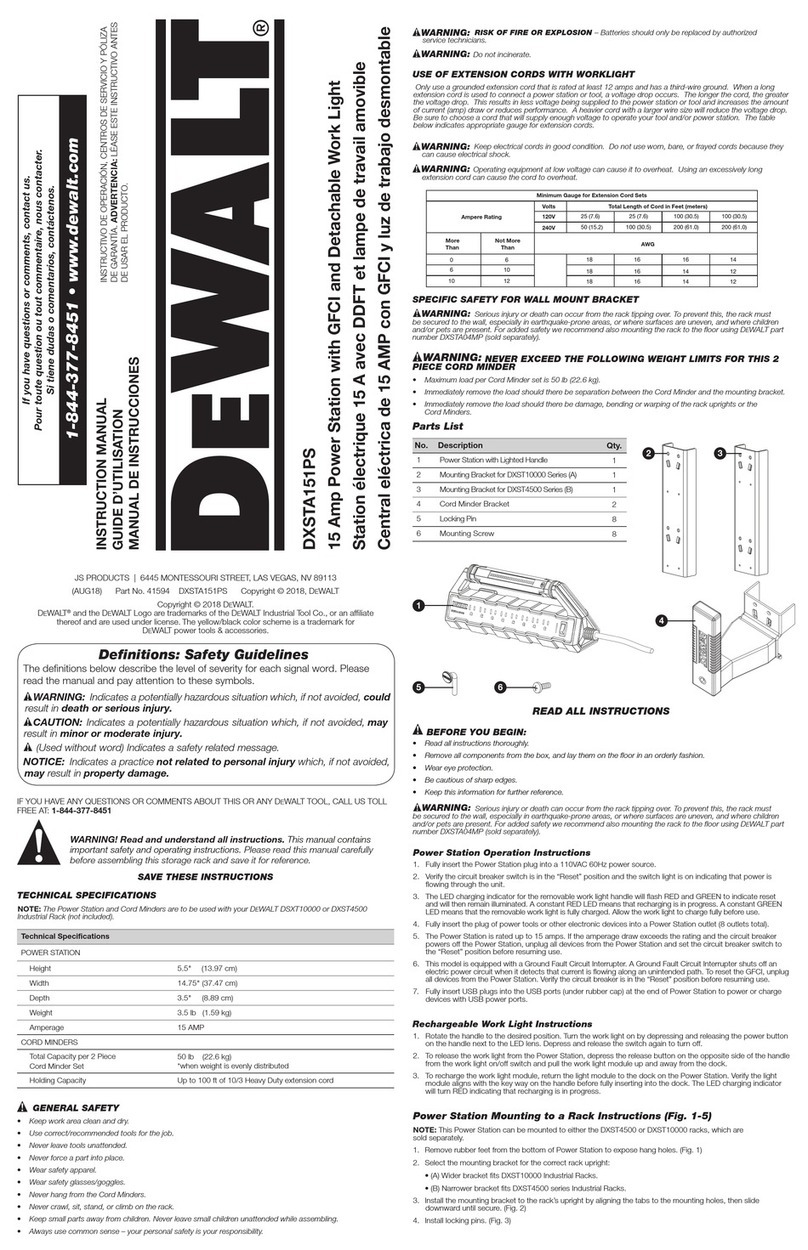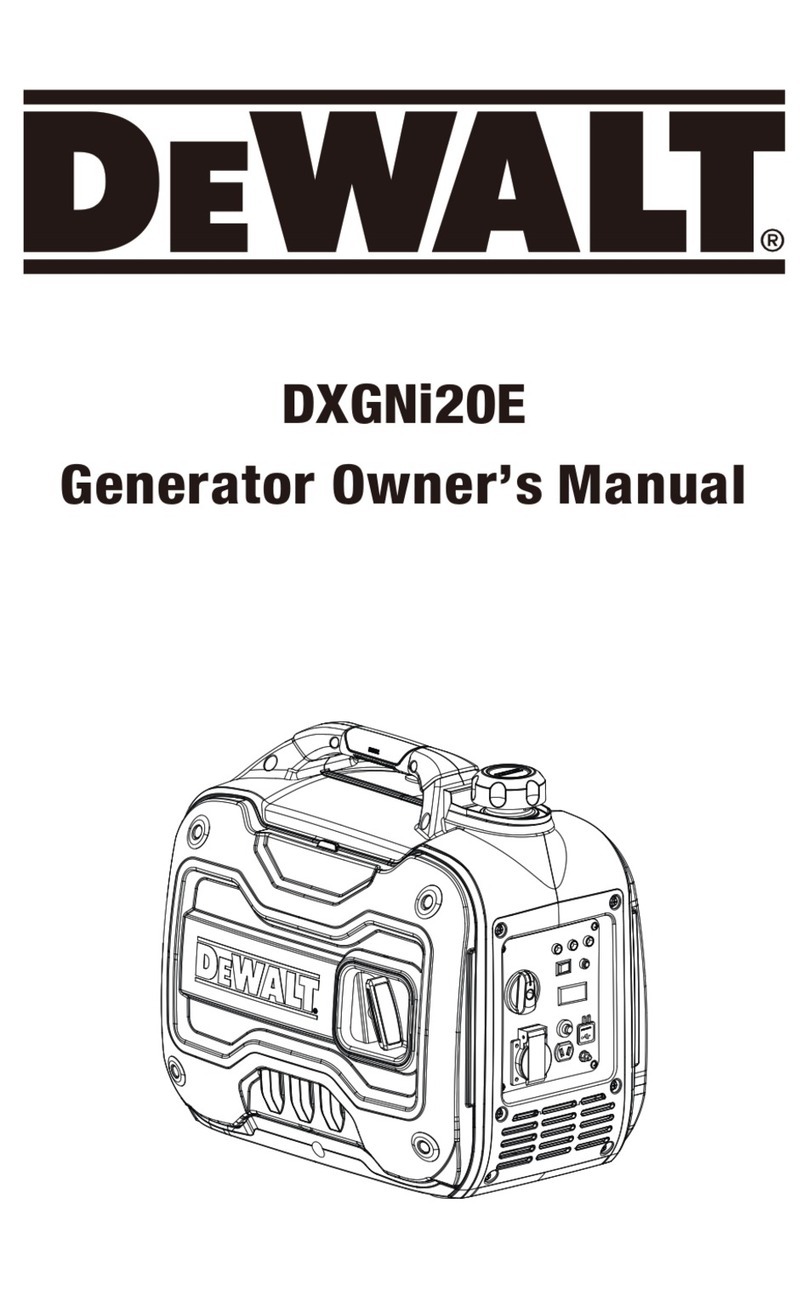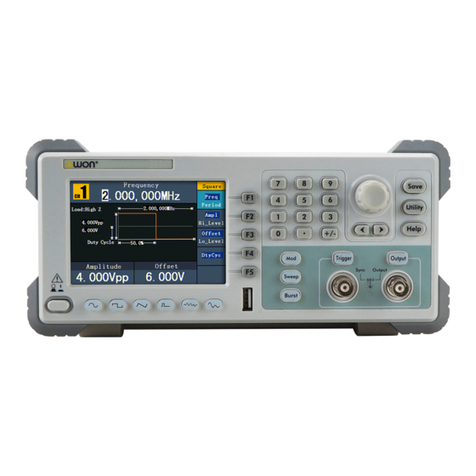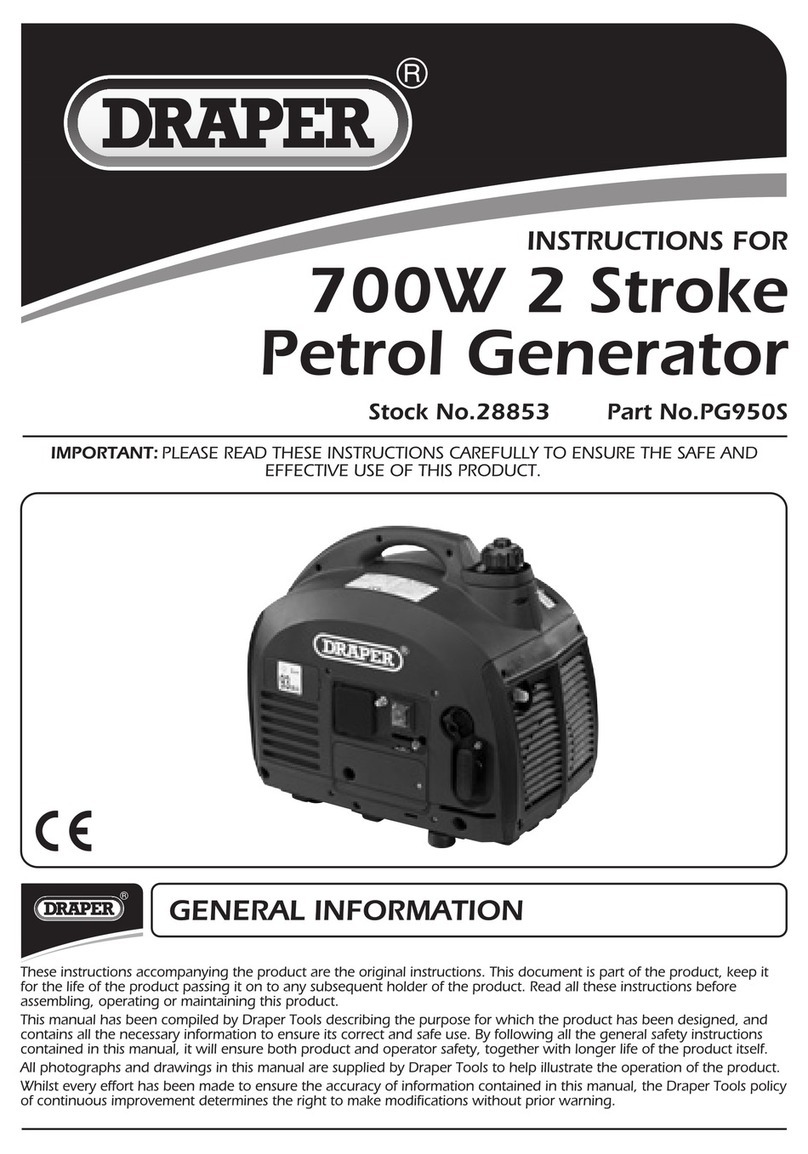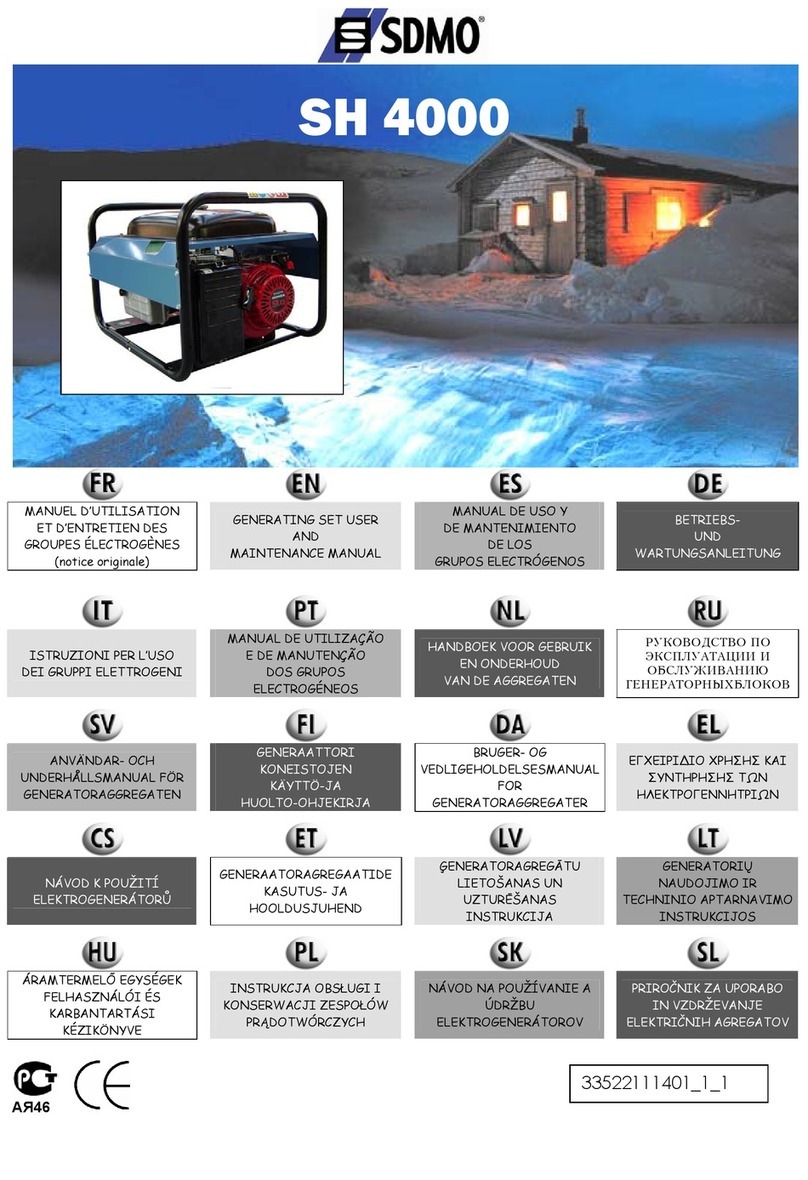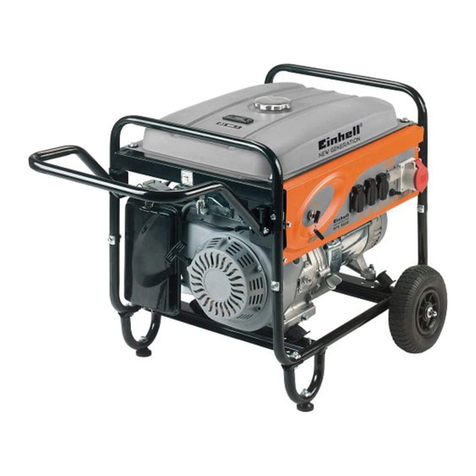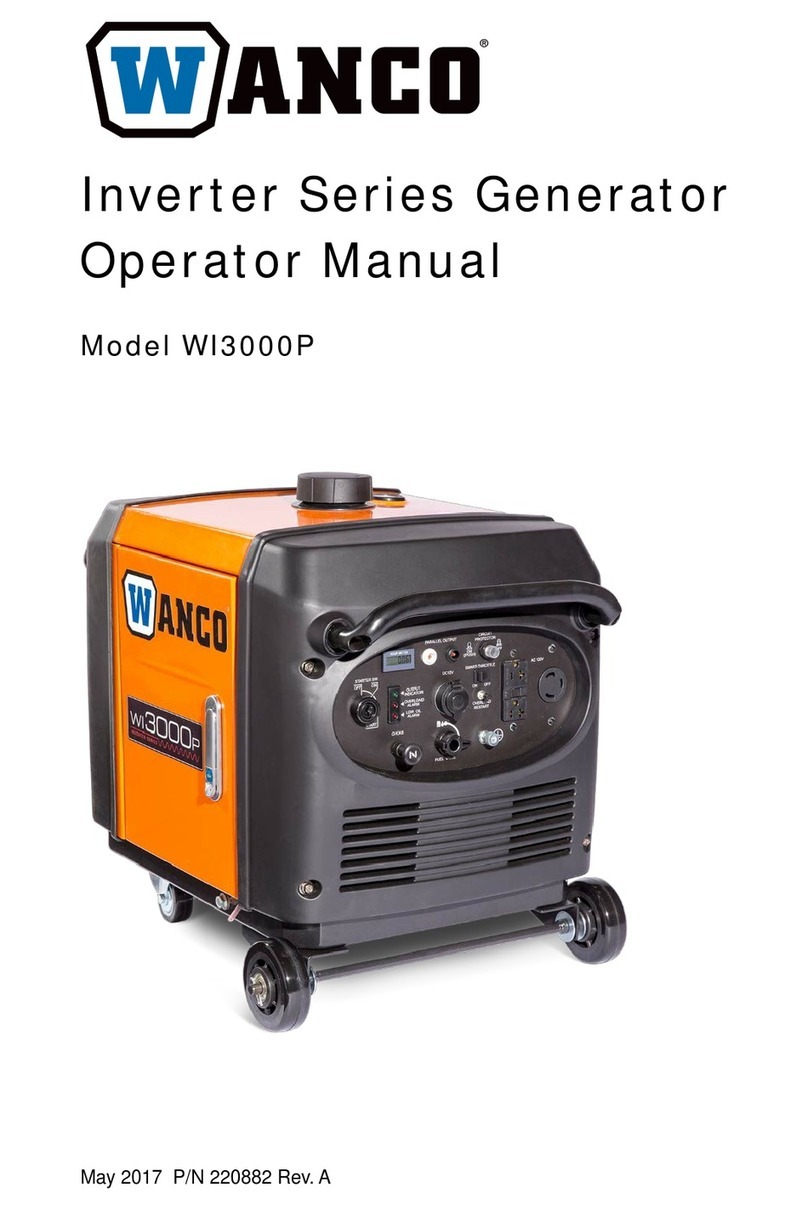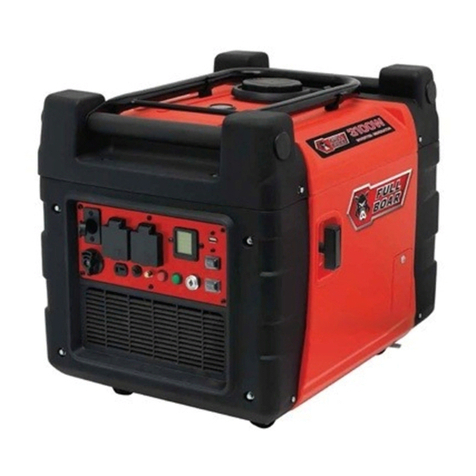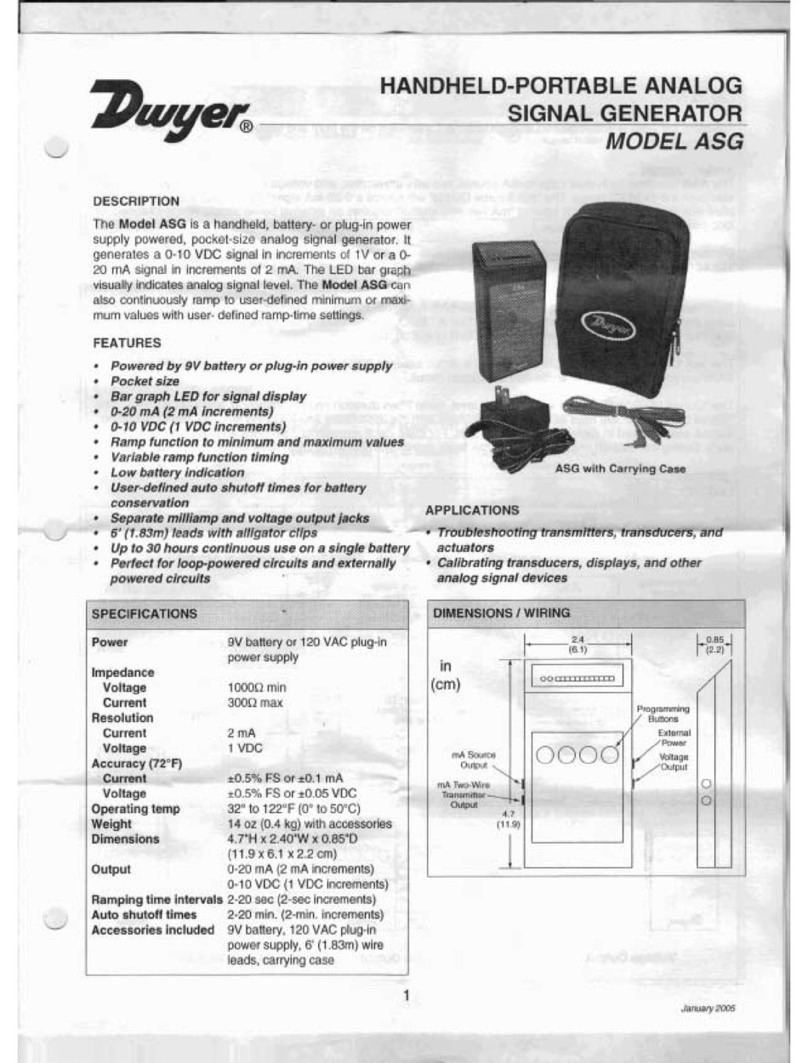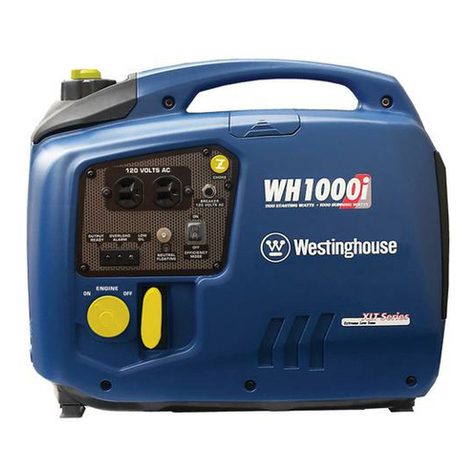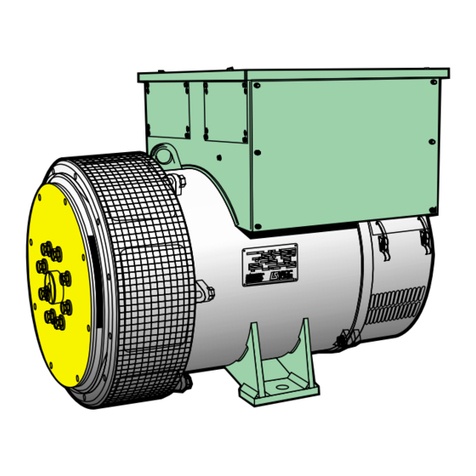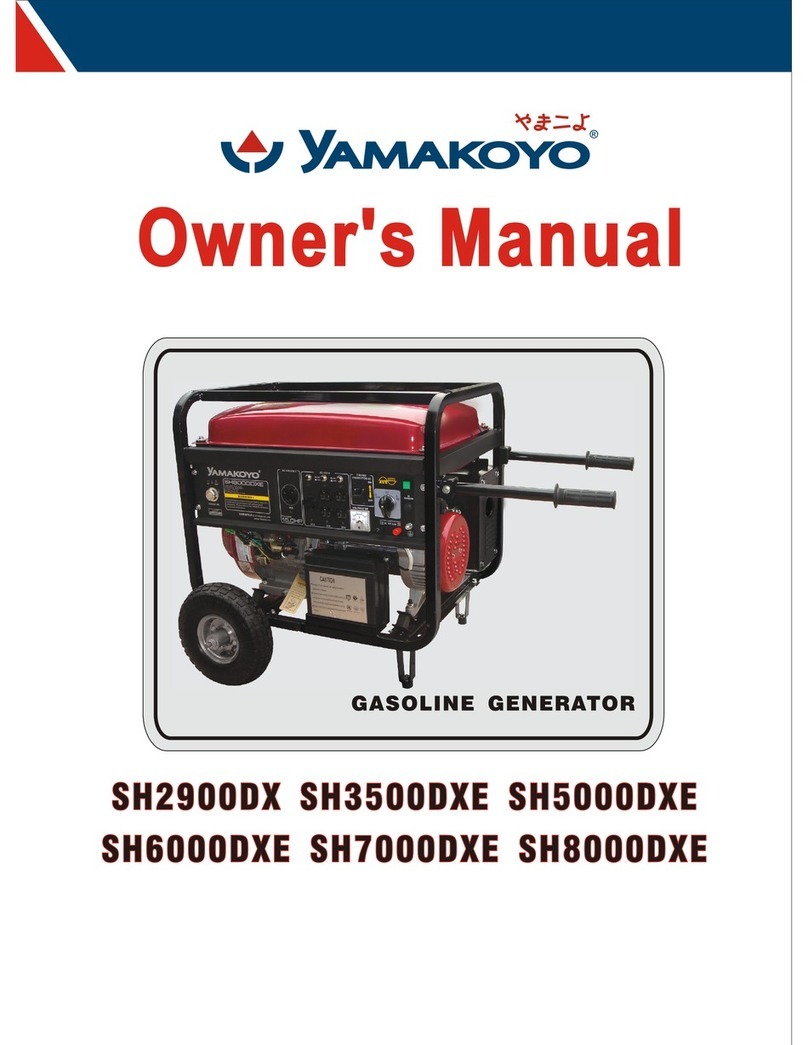
Diagnostic Repair Manual iii
Table of Contents
Safety ....................................................................... ii
Read This Manual Thoroughly ................................. ii
Replacement Parts .................................................. ii
Section 1 Capacitive Discharge (Brushless) ............... 1
Introduction ..............................................................1
Rotor Assembly ........................................................1
Stator Assembly .......................................................1
Circuit Breakers .......................................................2
Operation .................................................................2
Troubleshooting Flowcharts .....................................3
If Problem Involves AC Output ..........................3
Problem 1 – Generator Produces Zero
Voltage or Residual Voltage ..............................3
Problem 2 – Voltage & Frequency Are
Both High or Low ...............................................4
Problem 3 – Excessive Voltage/Frequency
Droop When Load is Applied ............................4
Problem 4 – Generator Produces High
Voltage at No-Load ...........................................4
AC Diagnostic Tests ................................................5
Test 1 – Check No-Load Voltage and Frequency ....5
Test 2 – Check Main Circuit Breaker .......................5
Test 3 – Check Continuity of Receptacle Panel .......5
Test 5 – Field Flash Alternator .................................6
Test 6 – Check Capacitor ........................................7
Test 7 – Test Brushless Excitation Winding .............7
Test 8 – Test Brushless Stator Windings .................8
Test 10 – Check Load Voltage and Frequency ........8
Test 11 – Check Load Watts and Amperage ...........8
Section 2 Direct Excitation (Brush Type) .................. 11
Introduction ............................................................11
Stator Assembly .....................................................11
Brush Holder and Brushes .....................................11
Voltage Regulator ..................................................11
Operation ...............................................................12
Troubleshooting Flowcharts ...................................13
If Problem Involves AC Output (Brush Type) ..13
Problem 5 – Generator Produces Zero
Voltage or Residual Voltage ............................13
Problem 6 – Voltage & Frequency Are
Both High or Low .............................................13
Problem 7 – Excessive Voltage/Frequency
Droop When Load is Applied ..........................14
Problem 8 – Generator Produces High
Voltage at No-Load .........................................14
AC Diagnostic Tests ..............................................15
Test 1 – Check No-Load Voltage and Frequency ..15
Test 2 – Check Main Circuit Breaker .....................15
Test 3 – Check Continuity of Receptacle Panel ....15
Test 4 – Fixed Excitation Test/Rotor
Amp Draw Test ......................................16
Test Brushed Stator Windings ...............................18
Test 10 – Check Load Voltage and Frequency .....18
Test 11 – Check Load Watts and Amperage .........18
Test 12 – Adjust Voltage Regulator .......................19
Section 3 Engine Diagnostic Tests ........................... 21
Introduction ............................................................21
Problem 9 – Recoil Cord Will Not Pull ............21
Problem 10 – Engine Starts Hard and Runs
Rough .............................................................21
Problem 11 – Engine Turns Over But Will Not
Start ................................................................22
Problem 12 – Engine “Hunts” / Erratic Idle .....23
Problem 13 – Engine Will Not Crank ..............23
Problem 14 – Recoil Cord Will Not Pull
(If So Equipped) ..............................................23
Problem 15 – Engine Cranks But
Will Not Start ...................................................24
Problem 16 – Engine Starts Hard
and Runs Rough .............................................25
Problem 17 – Engine Starts Then
Shuts Down .....................................................25
Problem 18 – Battery Will Not Charge ............26
Problem 19 – Engine “Hunts” / Erratic Idle .....26
Problem 20 – Unit Will Not Idle .......................27
Problem 21 – Unit RPM Will Not Increase
From Idle .........................................................27
Problem 22 – No Display from Wattage/
Runtime Meter ................................................28
Problem 23 – Wattage/Runtime Meter
Display is Flashing Erroneous Data ................28
Introduction ............................................................29
Test 14 – Check Fuse ............................................29
Test 15 – Check Battery & Cables .........................29
Test 16 – Check Voltage at Starter
Contactor (SC) .......................................29
Test 17 – Check Start-Run-Stop Switch ................29
Test 18 – Test OFF-ON Switch .............................30
Test 19 – Check Starter Motor ...............................30
Test 20 – Check Ignition Spark ..............................31
Test 21 – Check Spark Plug(s) ..............................31
